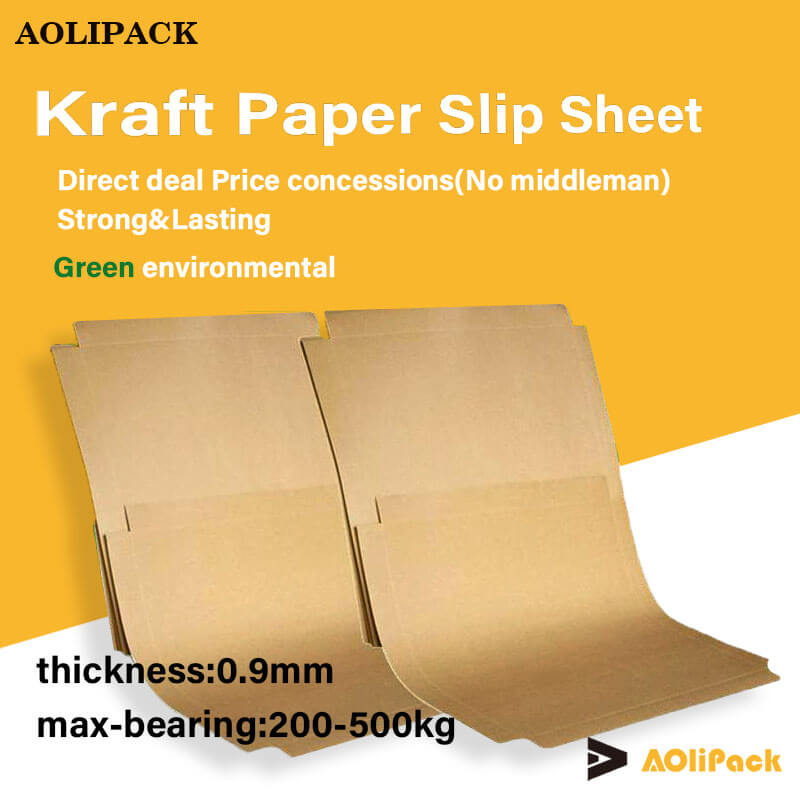What are the major factors affecting the price of sliding
Now people use sliding pallets when carrying out containers. Although the product is very strong and durable, if it exceeds the conventional load, it will also affect its service life. Therefore, when using the product, users must know what its load-bearing range is. Let's learn more about it.

Because the material of the product is different, the conventional bearing range is also different. Take the paper tray for example. Its conventional load-bearing is mainly determined by its thickness. Generally speaking, when the thickness is 0.6 mm, it can withstand goods within 300 kg. When the thickness is 0.9 mm, it can bear 300-900 kg of goods. In short, the thicker the product, the stronger the load-bearing capacity.
If the tray is of plastic type, the load-bearing capacity is stronger than that of paper. With the same thickness of 0.6mm, the plastic tray can reach the bearing capacity of 600kg. Of course, the higher the thickness, the stronger the bearing capacity. Of course, there are special needs, and the bearing capacity can be increased by increasing the thickness of the product.
Warm tip: the sliding tray will give play to its outstanding advantages only when it is used within the bearing range. Therefore, when users use it, they must not be greedy for labor saving and exceed its affordability. However, the specific type and thickness of products required by users need to be determined according to their actual use. We should know that the more appropriate the product is, the higher the use value it will bring.







 wechat consulting
wechat consulting